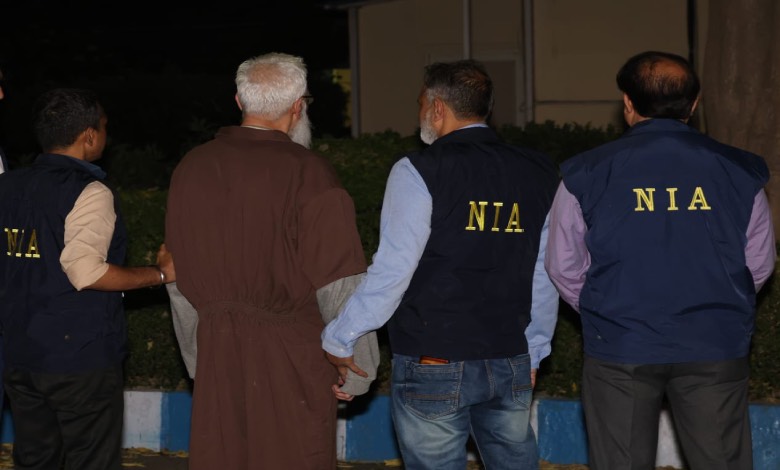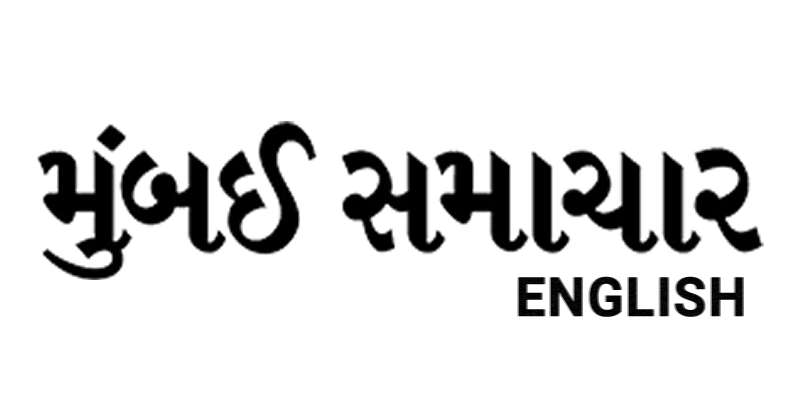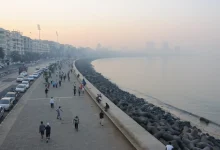Mumbai 26/11 Plotter Extradited: Will Rana’s Revelations Uncover Pakistan’s Role?

In a significant development, Tahawwur Hussain Rana, a key figure in the 2008 Mumbai terror attacks, is now in the custody of India’s National Investigation Agency (NIA) in Delhi, following a prolonged legal struggle to secure his extradition from the United States. Rana, who did not directly participate in the violence that claimed 166 lives, allegedly played a critical role by enabling his childhood friend, David Coleman Headley, to lay the groundwork for the devastating assault. Rana once chillingly remarked that the attackers deserved Pakistan’s highest military honor, the Nishan-e-Haider, and that “Indians deserved it.”
Seventeen years after the tragedy, Rana’s extradition marks a milestone as the first time India has secured custody of a major conspirator in the 26/11 attacks. The NIA aims to interrogate Rana to uncover details about Pakistan’s potential involvement in the plot. This follows India’s earlier successes in prosecuting Ajmal Kasab, the lone surviving gunman who was executed, and deporting Abu Jundal from Saudi Arabia. Rana, however, is believed to possess deeper insights into the conspiracy compared to Kasab or Jundal.
The path to Rana’s extradition was fraught with challenges. A five-year legal battle ensued after the NIA, under the Narendra Modi government, formally requested his transfer in 2020. Born in Pakistan, the 64-year-old former army doctor later became an immigration consultant in Chicago. From 2005, he allegedly assisted Headley, a Lashkar-e-Taiba (LeT) operative, in conducting surveillance in Mumbai. Rana facilitated Headley’s operations by setting up a branch of his immigration firm in Mumbai, which provided cover for Headley to obtain a multi-entry visa and travel freely. Headley made eight trips to India, including one after the attacks, without detection.
Rana’s firm enabled Headley to scout high-profile targets such as the Taj Hotel, Chhatrapati Shivaji Maharaj Terminus, and Nariman House. Headley regularly updated Rana in Chicago about his reconnaissance missions, indicating Rana’s awareness of the impending attack. The NIA is particularly focused on Rana’s activities during his visit to India from November 13 to 21, 2008, just days before the attacks. During this period, he traveled to cities including Hapur, Delhi, Cochin, Ahmedabad, and Mumbai. The agency plans to retrace his steps to investigate potential plans for future attacks.
Additionally, the NIA seeks to identify an unknown Lashkar operative Rana met in Dubai after Headley instructed him to leave India. A protected witness, who arranged logistics for Headley in Mumbai at Rana’s behest, may soon confront him as part of the investigation. Through these efforts, the NIA hopes to shed light on the broader network behind one of India’s deadliest terror attacks.




